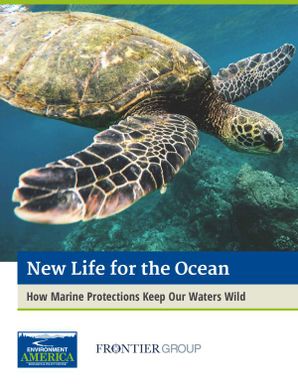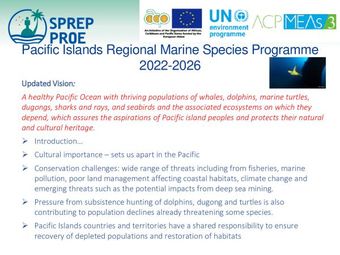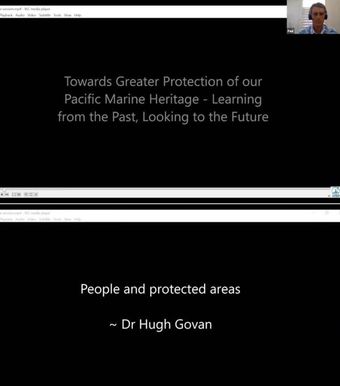New Life for the Ocean - How Marine Protections Keep Our Waters Wild
- Description:
- The ocean drives the processes that make our planet capable of supporting life, and contains some of the world’s most complex and diverse ecosystems.1 But these ecosystems are increasingly under threat. Pollution, overfishing, offshore drilling and other human activities are destroying ocean habitat and threatening marine species, with profound consequences for the biodiversity on which the health of our ocean depends.2 A growing number of scientists and conservationists are coalescing around the goal of protecting at least 30 percent of the world’s ocean by 2030 through networks of marine protected areas (MPAs) – protected zones of ocean where extractive and destructive human activity is limited.
- Display date:
- 2021
- Location:
- Pacific Region
- Collections:
- Secretariat of the Pacific Regional Environment Programme (SPREP)
- Publisher:
- Environment American Frontier Group
- Content partner:
- Secretariat of the Pacific Regional Environment Programme (SPREP)
- Availability:
- Not specified
-
Copyright status: All rights reservedFind out more about what you are able to do with this itemThis item is all rights reserved, with means you'll have to get permission from Secretariat of the Pacific Regional Environment Programme (SPREP) before using it. For more information, please see our use and reuse page.What can I do with this item?Non-infringing useNZ copyright law does not prevent every use of a copyright work, and this item may be hosted by an international institute or organisation. You should consider what you can and cannot do with a copyright work.No sharingYou may not copy and/or share this item with others without further permission. This includes posting it on your blog, using it in a presentation, or any other public use.No modifyingYou are not allowed to adapt or remix this item into any other works.No commercial useYou may not use this item commercially.
Related items
Welcome and warm Pasifik greetings
The information on this site has been gathered from our content partners.
The names, terms, and labels that we present on the site may contain images or voices of deceased persons and may also reflect the bias, norms, and perspective of the period of time in which they were created. We accept that these may not be appropriate today.
If you have any concerns or questions about an item, please contact us.



